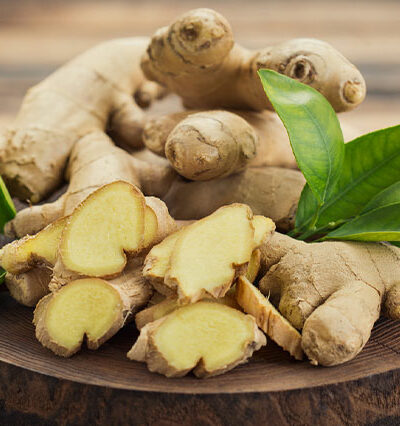
7 cruises to avoid
A cruise vacation can be exciting, with all kinds of onboard events to look forward to and a charming itinerary filled with nightlight, buffets, and the open seas. However, not every cruise package is created equal, and some trips on the sea can be underwhelming. So, it is important to do a little research before booking a cruise and choose top-rated options. Further, here are a few cruises to avoid for a hassle-free vacation: 1. Short cruises during spring break A cruise trip during spring break can seem ideal because of the perfect weather in places like the Caribbean. Even the ports are not too crowded, and one can take kids along during their school break. However, even college students get a break during this time and tend to book cruise trips. So, the cruise ship can get overwhelming and chaotic because of the noise and non-stop partying. Instead, one should book a cruise to the Caribbean during January if they want a more relaxing experience at the sea. If one must book one during spring break, they should look for less party-centric cruise lines. 2. First and last Alaska cruises of the season Destinations like Alaska are perfect spots for tourists because of the rainy weather and luscious green mountains they can experience. Here, cruises that sail in May and September are comparatively cheaper than June, July, and August packages. But for new travelers, this might not be the ideal cruise destination in May and September. This is because there is a high chance of experiencing bad weather during these months, with May being slightly colder and September bringing heavy rains in the region. It may also disappoint shoppers as the port shops at the beginning of the season are usually not fully stocked yet. Further, by September, these shops usually run out of prime goods and do not restock until next spring.










